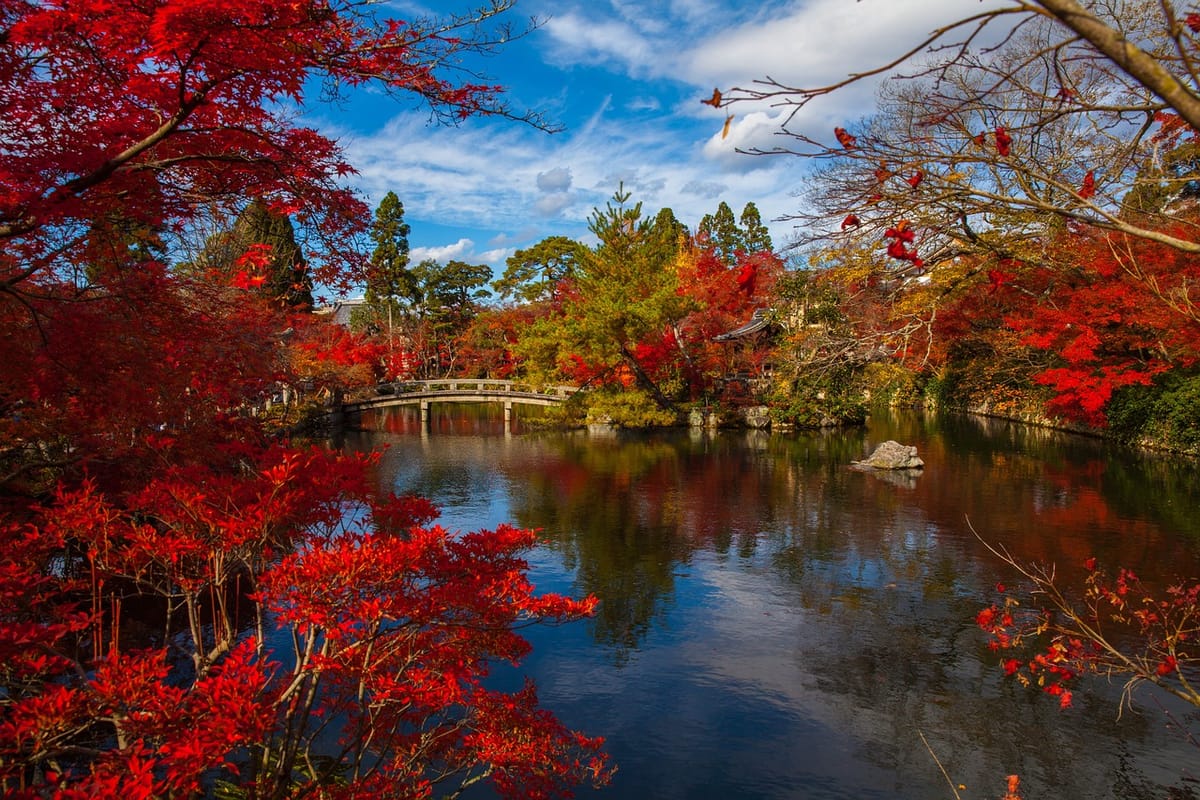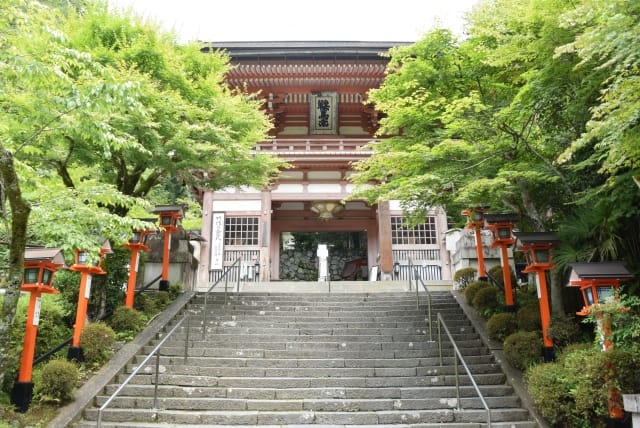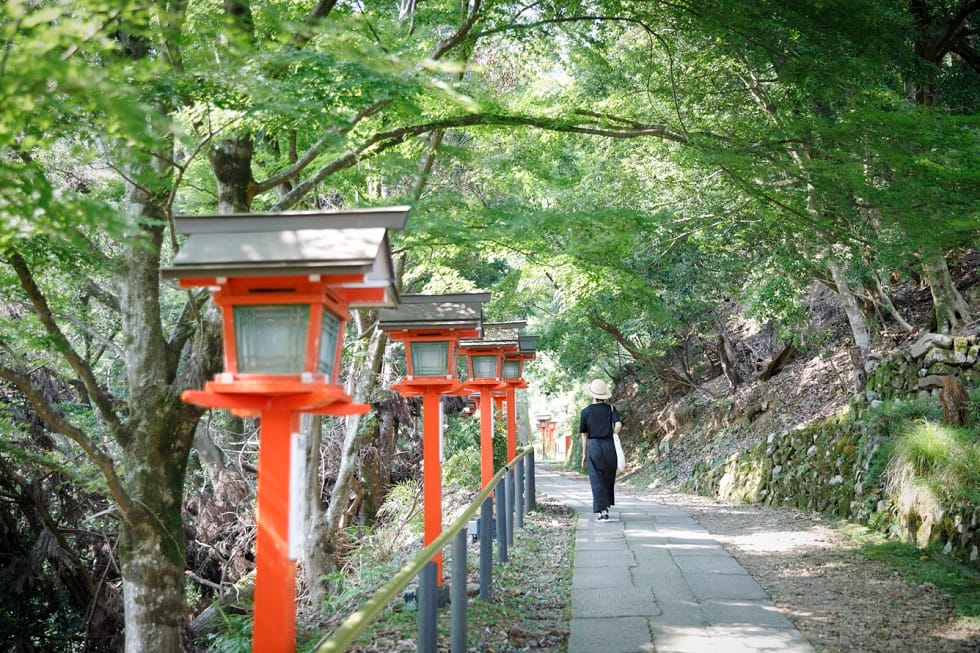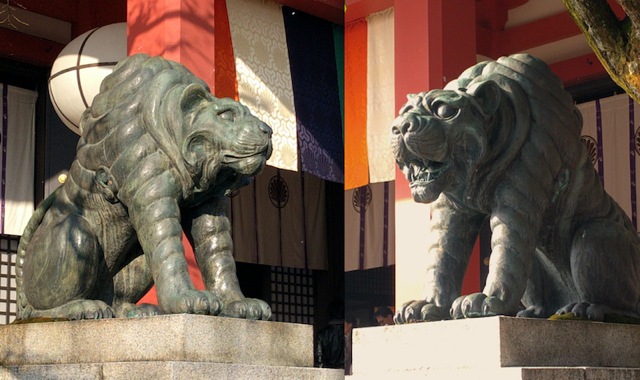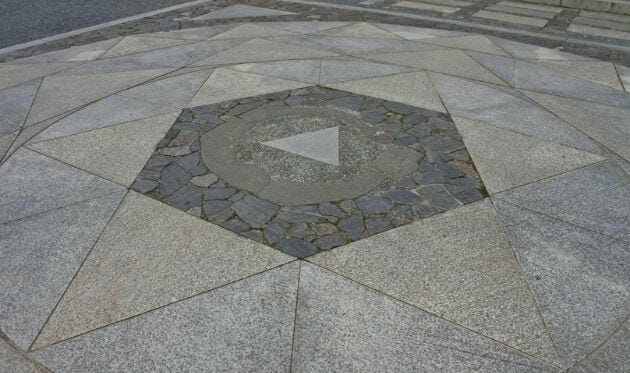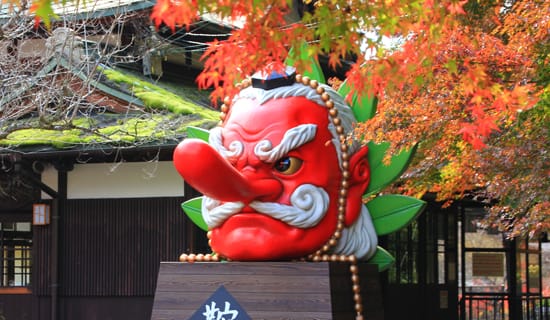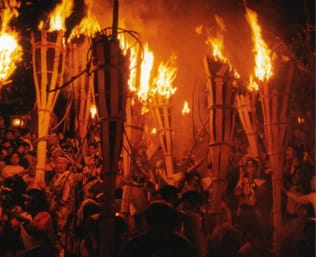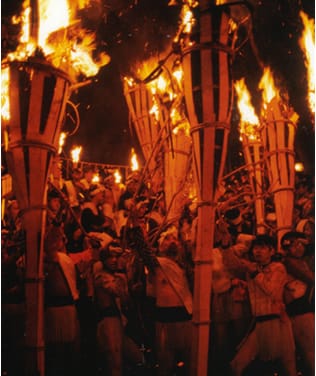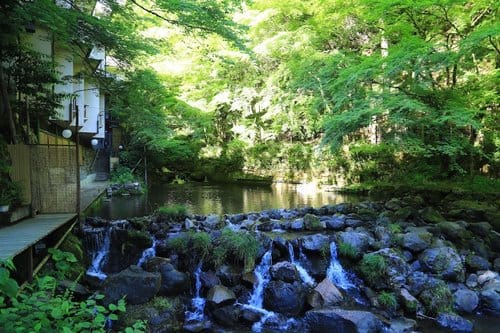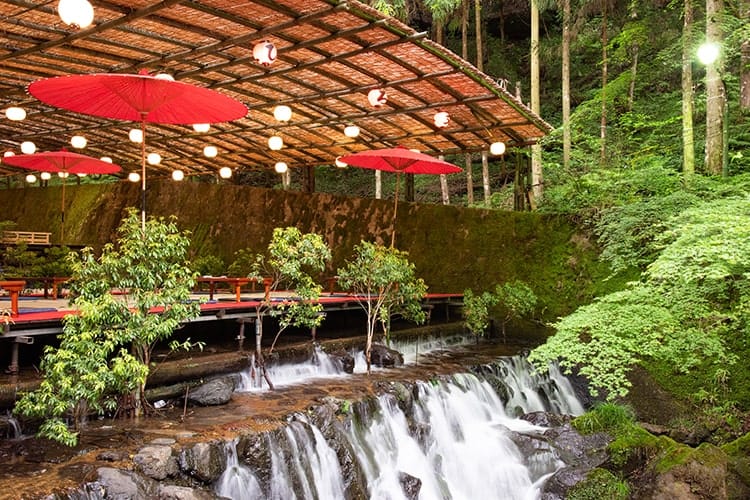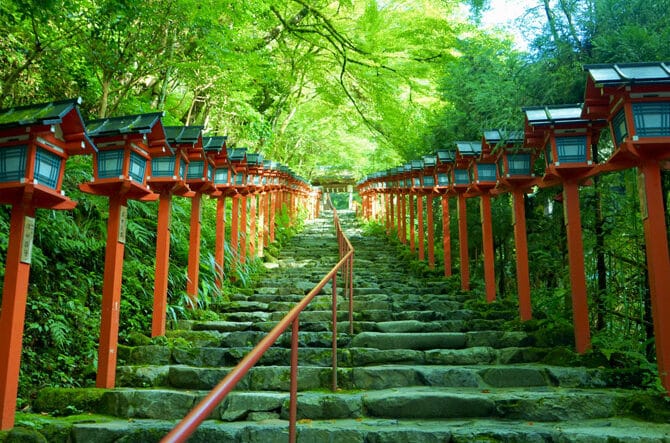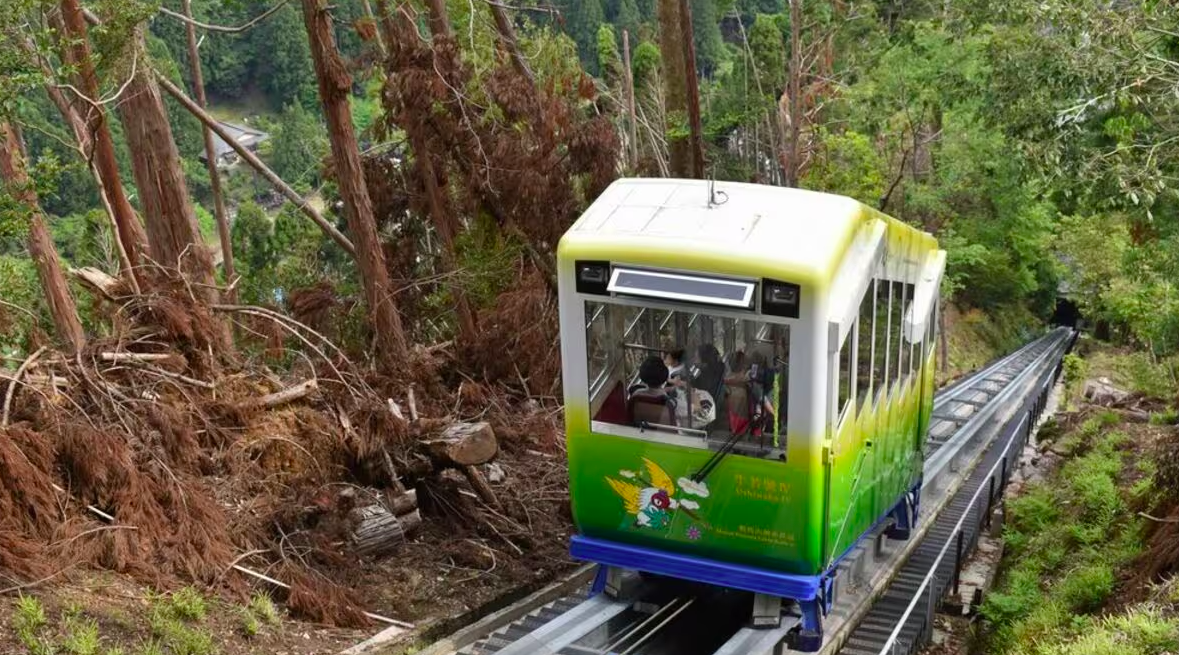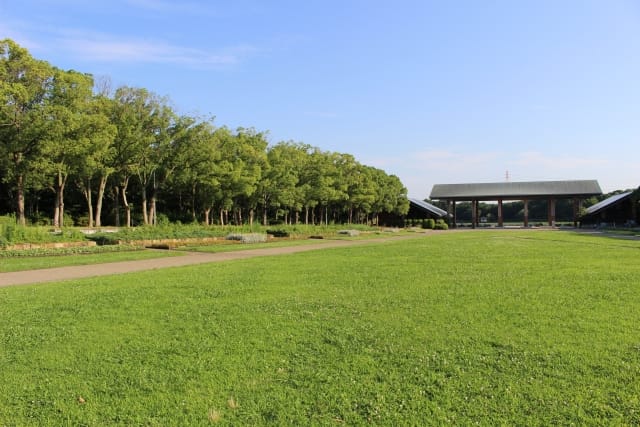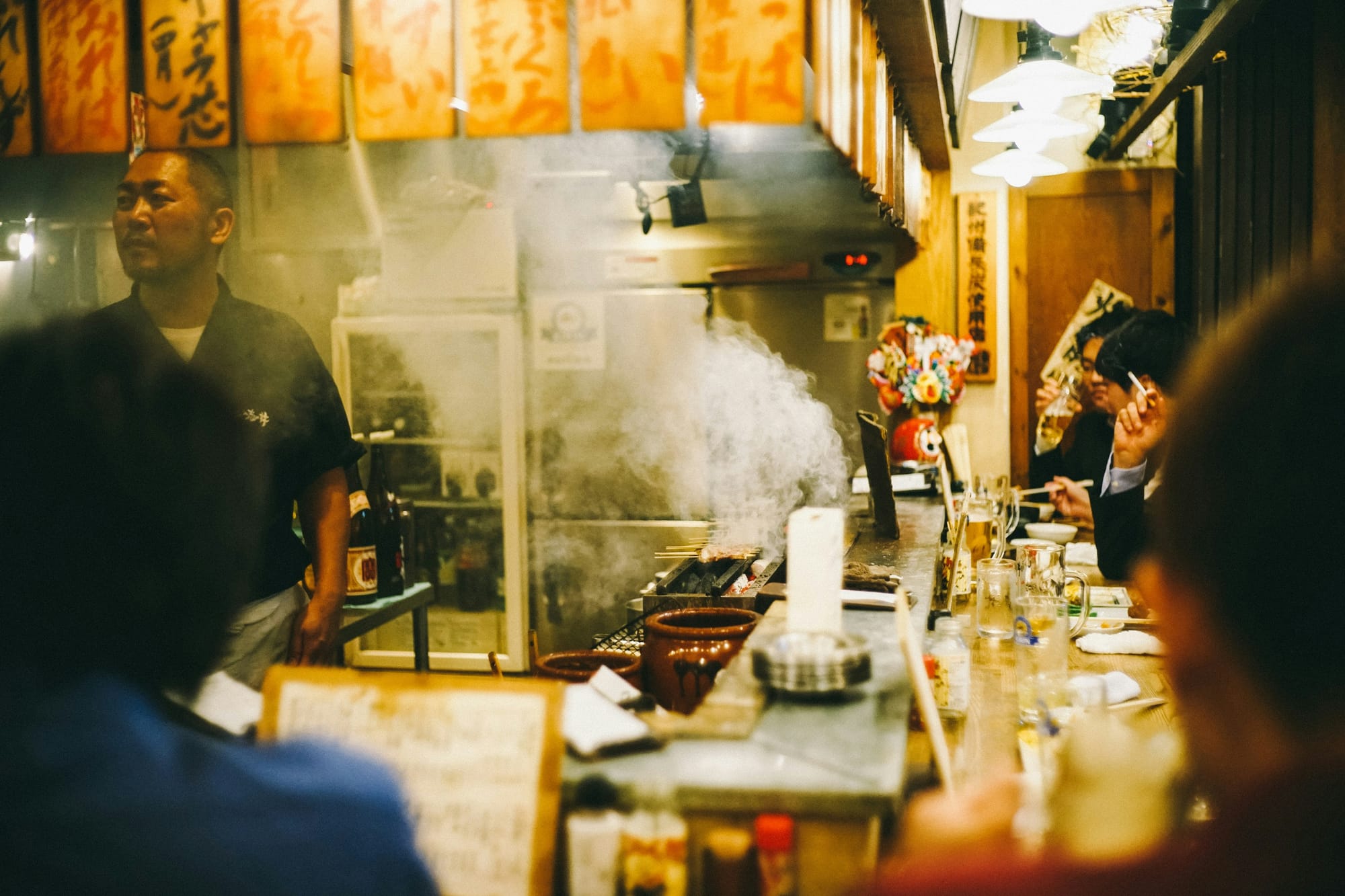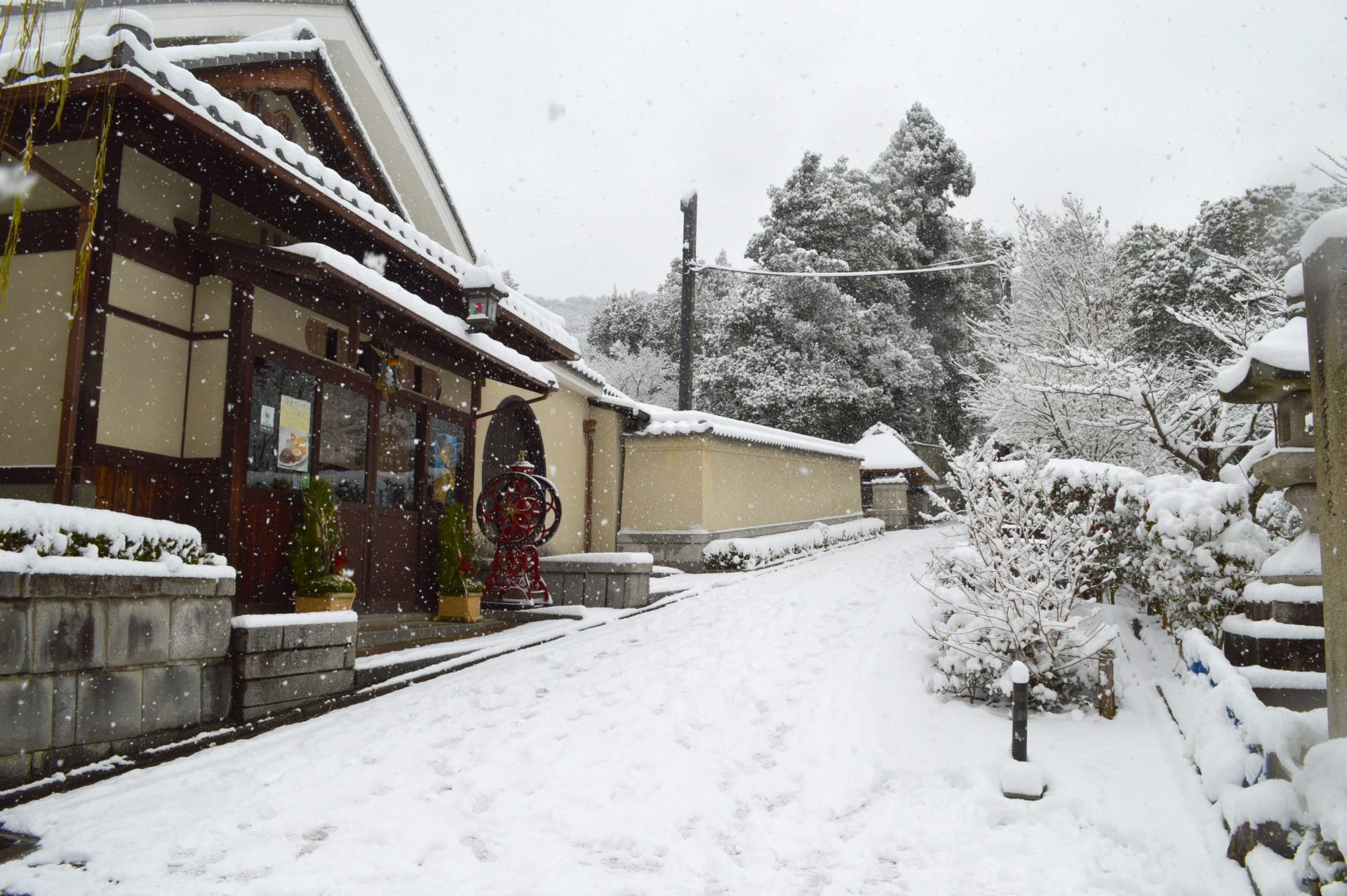Kurama Dera Travel Guide 2026: Kyoto's Wonder-working Temple
I visited Kyoto several times between August and October 2025. I'm updating this article to share the new charms of Kyoto I discovered and to recommend the latest spots worth visiting. In this update, I've also included the newest information about Kyoto for 2026.
Another reason for this update is the growing interest in tours that allow visitors to fully experience Kyoto's traditions and culture.
Due to Kyoto's deep history and traditions, first-time visitors often find it challenging to explore the city efficiently while gaining a deeper understanding. This has led to increasing popularity of guided tours like those offered by Magical Trip, where local guides help tourists navigate the city.
Notably, Magical Trip's tour, which was ranked No.1 among all tours on Tripadvisor in 2024, is experiencing high demand in 2026.

For those interested in Kyoto's traditions and culture, we recommend the following tours where you can experience authentic Kyoto tea ceremonies and Zen meditation:
• Kyoto Tea Ceremony & Kiyomizu-dera Temple Walking Tour
• Kyoto Zen Meditation & Garden Tour at a Zen Temple, including a traditional vegetarian lunch
If you love visiting shrines and temples, try the "Fushimi Inari Hidden Hiking Tour" to discover the hidden charms of Fushimi Inari Shrine.
Whichever tour you choose, it's sure to be an unforgettable experience!
Introduction
Kyoto, the region where the Emperor of Japan (a position symbolizing Japan) resided for over 1000 years, flourished as the former capital of Japan. Known as the ideal city to fully enjoy traditional Japan, Kyoto retains a strong traditional culture. With its elegant atmosphere, it's bustling with domestic and international tourists all year round.
The many famous temples and shrines that remain in Kyoto were built to protect the capital. Many of these temples and shrines have hundreds of years of history, and their deep connections to historical events are also attractive points. Among them, Kuramadera Temple (Kurama Dera) is a temple located deep in the mountains where the legend of the Tengu remains, characterized by its solemn atmosphere. (We'll introduce the Tengu later.)
The area around Kuramadera Temple has hiking trails, which are popular as they allow visitors to experience nature up close. For those who are short on time or concerned about their physical condition, a cable car is also available.
In this article, we'll introduce how to enjoy Kuramadera Temple and its points of interest.
Kuramadera Temple: Home to the "Tengu," an Ancient Japanese Mythical Creature
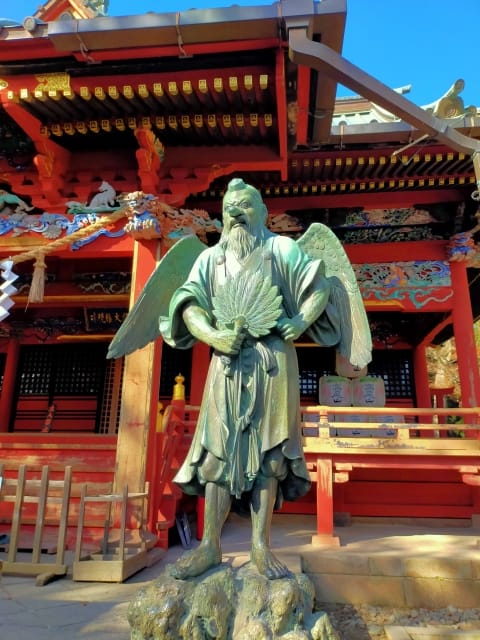
Kuramadera Temple is said to be inhabited by the "Tengu," a mythical creature that has been passed down in Japan since ancient times. Yokai refers to abnormal phenomena beyond human understanding or objects that have the power to cause such phenomena. They are also called ayakashi, mononoke, or mamono.
The Tengu is characterized by its imposing appearance with a high, red nose. They are said to live deep in the mountains and can freely fly through the sky with wings. There are various theories, but they were known to have supernatural powers, the ability to ward off evil, and were considered authoritative figures.
The mountain where this mysterious Tengu is said to live is "Mount Kurama," which includes Kuramadera Temple that we're introducing today.
A Brief History of Kuramadera Temple
source:Asahi Shinbun degital
Kuramadera Temple was built by Ganjin, a disciple of Jianzhen who founded the UNESCO World Heritage Site Toshodaiji Temple. It's also famous as a place where warring feudal lords prayed for victory in battle.
It's said to have been loved by famous people, appearing in traditional Japanese literary works such as "The Pillow Book" and "The Tale of Genji." Although Kuramadera Temple has been destroyed by fire several times in the past, it has been rebuilt each time and remains standing today.
Three Must-See Attractions at Kuramadera Temple
The Impressive "A-Un" Tiger Statues
source:kyo・miori
The first point to check at Kuramadera Temple is the pair of A-Un tiger statues enshrined next to the main hall. These tigers are paired, with one expressing "A" with an open mouth and "Un" with a closed mouth in Japanese pronunciation. "A" represents the beginning of things, and "Un" represents the end, expressing "all things" with these mouth shapes.
When I visited Kuramadera Temple, I saw them up close, and they were impressively large and powerful. The tiger statue with the "A" mouth realistically recreates a tiger with its strong teeth, sharp claws, and raised back, looking as if it might move at any moment.
Every January, "A-Un Tiger Figurines" with evil-warding effects are sold for a limited time. With their cute design, they make perfect souvenirs.
The "Kongoyuka," Where Cosmic Energy is Said to Gather
source:Kyoto Hotels & Resorts
The second attraction is the Kongoyuka, a triangular stone embedded in the stone pavement in front of the main hall. Known as a place where cosmic energy gathers, it's popular as a power spot. It's crowded with visitors even on weekdays, not just holidays. When I went on a weekday, I had to wait in line for a few minutes.
There's a saying that if you stand in the center of the energy-filled Kongoyuka with your arms spread wide as if looking up at the sky, then worship at the main hall, your wishes will come true. When I tried spreading my arms, I felt something warm on my back, and it felt like the fatigue from my journey had vanished.
On the opposite side of the main hall, there's a vast mountain range, offering a panoramic view of nature.
The Sacred Tree "Osugi-san" at Yuki Shrine
The third attraction is the sacred tree of Yuki Shrine, the Great Cedar known as "Osugi-san," which is designated as a natural monument of Kyoto City. It's about 800 years old and 53 meters tall, so tall that you have to look up at it. When I visited, I was overwhelmed by its divine presence. There's a saying that if you pray with all your heart, your wishes will come true, and I saw many people closing their eyes and conveying their wishes.
A charm called "Osugi-san Wish-Granting Charm" (1000 yen) made from the bark of Osugi-san is also sold. It would make a great souvenir.
Don't Miss the Great Tengu Statue at Kurama Station
source: Official website
The Great Tengu statue located at Kurama Station was created by the Kurama community in 1994 to commemorate the 1200th anniversary of the establishment of Heian-kyo (ancient Kyoto). After its nose was damaged, it was replaced, and the current one is the second generation. With its bright red face and long, protruding nose, it's so impactful that you can see it from afar.
It's popular with tourists for its strong Tengu-like appearance while still having a somewhat gentle expression. In winter, you can see the rare sight of the Great Tengu covered in snow.
October is the Best Time to Visit Kuramadera Temple for the "Kurama Fire Festival," One of Japan's Three Great Fire Festivals
If you're visiting Kuramadera Temple, October is recommended as it's when the Kurama Fire Festival, one of Japan's three great fire festivals, takes place. The Kurama Fire Festival is the annual festival of Yuki Shrine, held every year on October 22nd. The festival starts around 6 PM when it begins to get dark, in the area around Yuki Shrine and the Kurama Kaido road leading to the shrine. Torches are lit one after another, and the surrounding area gradually becomes enveloped in enthusiasm.
The highlight is the sight of the torches blazing up with the unique chant of "Saireyaa Sairyo." The flames dancing in the darkness with sparks flying are truly impressive. I've been there, and I felt tense yet overwhelmed by the power of the vigorously burning flames.
As it's a rare festival that you can't experience normally, try to align your schedule to participate if possible.
One of the Rare Festivals in Kyoto Where Women Participate
The Kurama Fire Festival is one of the rare festivals where women participate. In the latter half of the festival, when the portable shrine descends from the shrine, it's customary for women to pull the ropes to prevent it from moving too fast. There's a saying that pulling these ropes leads to easy childbirth, so young women mainly participate.
When I saw it, the sight of women pulling the ropes as the voltage increased towards the climax was cool and brave. I found myself involuntarily cheering, "Hang in there!"
If You're Visiting Kuramadera Temple, Enjoy the "Kibune Area" Too
source:chiririn
If you're visiting Kuramadera Temple, try touring the Kibune area as well. You can use the cable car, but it's also possible to move on foot via the hiking course. The hiking course allows you to enjoy not only tourist spots but also the nature-rich scenery of surrounding trees and rivers. In recent years, it has been attracting attention as a new tourist spot.
The Kibune Area, Also Famous as a Summer Resort
The Kibune area is not only full of attractive tourist spots but is also famous as a summer resort. Located in the northern part of Kyoto, it's about an hour by train from the city center. Even in summer, the temperature doesn't rise much, making it perfect for escaping the heat.
Kifune Shrine, Famous for its Tanabata Festival
source:FASHION PRESS
Kifune Shrine holds a nationally famous Tanabata festival. Tanabata is a traditional Japanese story passed down from ancient times. It's said that if you write your wish on a strip of paper called tanzaku and hang it on bamboo leaves on the night of July 7th, your wish will come true.
To liven up this Tanabata festival, Tanabata bamboo decorations are lit up from sunset to 8:00 PM. The shrine and Tanabata decorations, gently lit in the darkness, transform into a completely different appearance from daytime. I visited too, and I was soothed by the gentle sound of bamboo swaying in the wind amidst the fantastical atmosphere.
Kifune Shrine during Tanabata is a recommended spot for those who want to enjoy a uniquely Japanese light-up. The Tanabata festival is usually held from early July to mid-August.
The Summer Riverbed Dining Experience is Worth Trying
source: Official website
Kibune is also famous for "Kawadoko," a summer tradition in Kyoto that typically takes place from May to September. Kawadoko refers to platforms built near rivers where people enjoy meals while cooling off. It's popular not only with locals but also with tourists because you can experience natural coolness by listening to the cool wind and the murmur of the river.
The origin of Kibune's Kawadoko is that tea shops used to place tables directly in the river, allowing people to cool off by putting their feet in the water. Even now, the distance from the water surface to the floor is close from the restaurant's terrace seats, making it easier to feel the coolness.
Another attractive point is that you can enjoy the rich natural scenery while dining. In autumn, the background becomes ablaze with red autumn leaves, allowing you to enjoy uniquely Japanese scenic beauty.
If you are interested in Kibune's Restaurants, check the article below! I summarized them I recommend and how I felt each Restaurants.
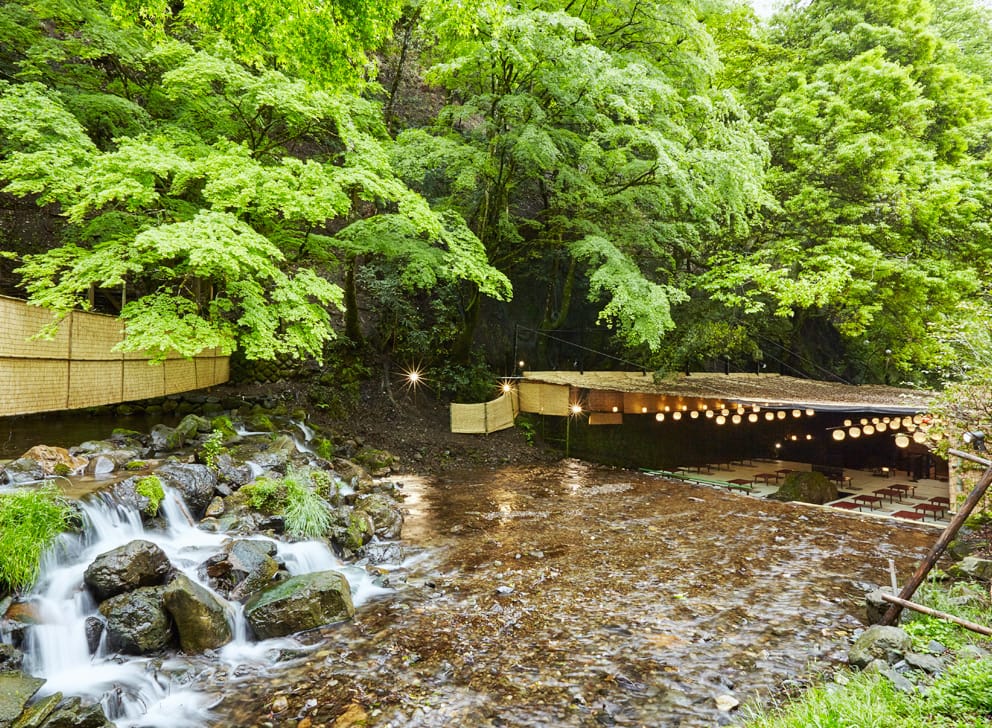
The Kurama to Kibune Area is Also Ideal for Hiking
The area from Kurama to Kibune is also ideal for hiking. A popular model course is the route from Kuramadera Temple to Kifune Shrine, about 1.5 kilometers long.
Route details:
Kuramadera Temple (Nio Gate) → Golden Hall (Main Hall) → Inner Sanctuary / Tree Root Path → Demon King Hall → West Gate / Kifune Shrine
It's popular because you can hike while seeing popular tourist spots. Although there are uphill sections as it's a mountain path, the difficulty level is such that even children can walk it. Even those not used to hiking can challenge it with peace of mind. It takes about an hour.
Highlights of the Kurama to Kibune Hike
source:Jalan
The highlight of hiking from Kurama to Kibune is undoubtedly the ability to fully enjoy nature.
You can enjoy the atmosphere of the four seasons: fresh buds in spring, dazzling fresh greenery in summer, blazing red autumn leaves in fall, and a snow-covered silver world in winter. As the scenery changes completely with each season, you can fully enjoy the unique beauty of each season.
Even I, a hiking beginner, have walked this route, and I reached the goal before I knew it while enjoying the tourist spots. It was autumn when I went, and the gradation of red, orange, and yellow was spectacular.
It's especially recommended for those who want to relax and enjoy hiking in an environment that's hard to experience in the city.
If you are interested in Hiking in Kurama Area, check the article below! I summarized how and where you can enjoy Hiking in Kurama & Kibune Area as much as possible.
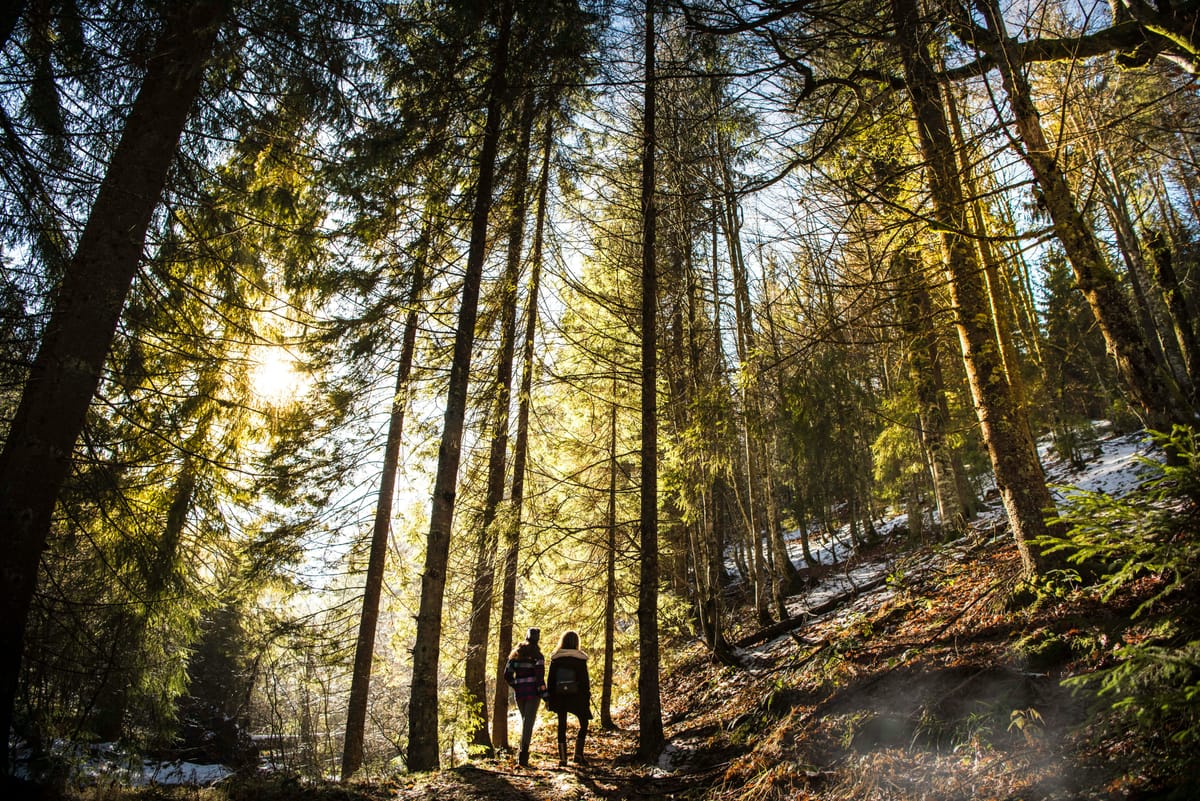
Easy Access with "Cable Car" Despite Being Deep in the Mountains
source:Toyo-keizai Online
You can also use a cable car (Kurama Mountain Cable Railway) from Kurama to Kibune. Although there's a hiking course that even beginners can challenge, the cable car is recommended for those who don't have time for sightseeing or are concerned about their health as it's deep in the mountains.
It's a railway with vehicles about 6 meters long, and the line is 207 meters long. It's also famous as the shortest railway line in Japan since its establishment in 1957. It takes only 2 minutes to arrive from the starting Sanmon Station to the terminal Tahoto Station.
The fare is 200 yen for adults and 100 yen for children, which can be purchased from vending machines. You pay not as a fare but as a "contribution ticket," meaning it's a donation to the temple.
Access
Access: 4-minute walk from Kurama Station on the Eizan Electric Railway, 1074 Kuramahonmachi, Sakyo-ku, Kyoto City
Hours: 9:00 AM - 4:00 PM
Closed: Irregular
Phone: 075-741-2003
Official website
Admission fee: 300 yen for high school students and above, free for junior high school students and below
If you are interested in Autumn Leaves in Kyoto, check the article below! I summarized how and where you can enjoy Autumn Leaves as much as possible.
